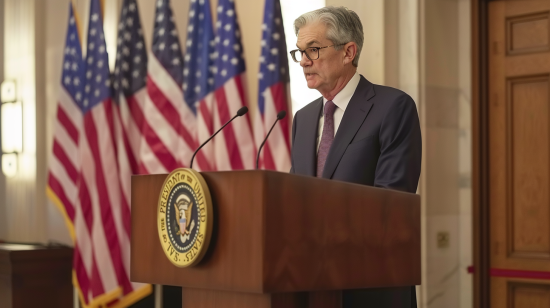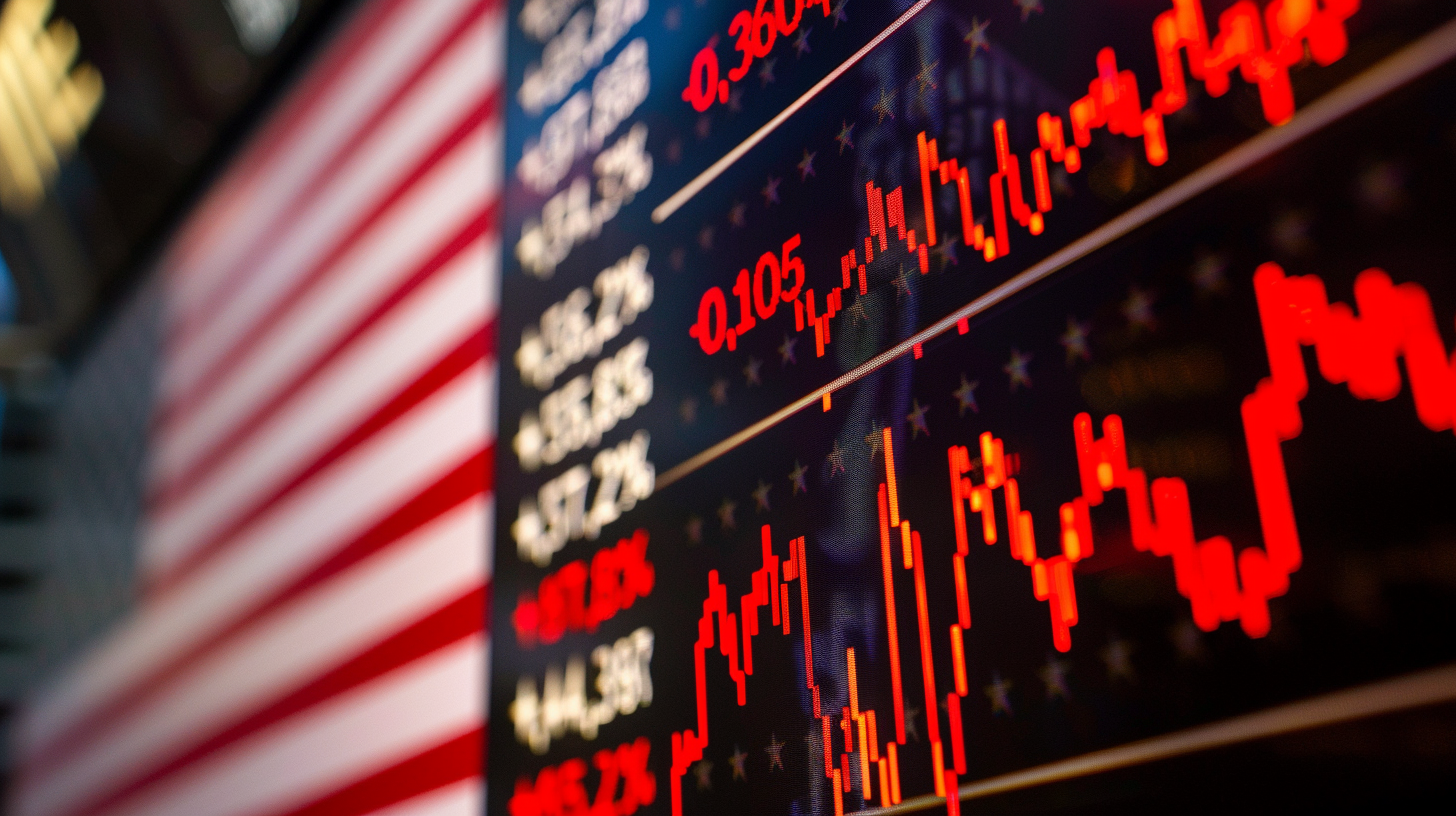| Key Points: -The Dow bounced 500 points but remains on track for its steepest weekly loss since March 2023. – Consumer confidence dropped sharply amid ongoing tariff-related concerns and inflationary pressures. – The market awaits next week’s Fed meeting, where rates are expected to remain unchanged. |
The stock market experienced a sharp rebound on Friday, with the Dow Jones Industrial Average surging more than 500 points. The S&P 500 and Nasdaq also posted gains of 1.7% and 2.2%, respectively. Despite the rally, the major indices remain on pace for significant weekly losses, marking the worst performance for the Dow in two years and further cementing concerns over continued volatility on Wall Street.
Technology stocks were among the biggest gainers in Friday’s session, with Nvidia jumping over 4%, while Tesla, Meta, Netflix, Amazon, and Apple all posted modest gains. The positive momentum was partially driven by news that a government shutdown is likely to be avoided, as Senate minority leader Chuck Schumer signaled support for a Republican-led funding bill.
However, economic data released on Friday cast a shadow over investor sentiment. The University of Michigan’s Consumer Sentiment Index fell to 57.9 in March, well below expectations of 63.2. The decline highlights growing anxieties over inflation, trade tensions, and the broader economic outlook. A rising 10-year Treasury yield and concerns over inflation expectations have added to market uncertainty, making it difficult to gauge the sustainability of Friday’s rebound.
While large-cap stocks have seen a sharp selloff, small-cap stocks have been hit even harder. The Russell 2000, which tracks small-cap companies, has fallen nearly 18% from its recent high, pushing it closer to bear market territory. Small-cap stocks are often more sensitive to economic uncertainty and interest rate fluctuations, making them particularly vulnerable in the current environment. Rising borrowing costs and concerns over consumer demand have weighed on these companies, many of which rely heavily on domestic growth and credit availability.
However, amid market turmoil, value stocks could present an opportunity for investors seeking stability. Historically, value stocks—companies with strong fundamentals and lower valuations—tend to outperform during periods of market distress. With uncertainty surrounding inflation, interest rates, and trade policies, investors may rotate into sectors such as utilities, consumer staples, and healthcare, which typically offer defensive characteristics. Additionally, as fears of a potential recession grow, businesses with stable earnings and strong cash flow could see increased investor interest.
The week’s market selloff accelerated after the S&P 500 fell 1.4% on Thursday, officially entering correction territory with a decline of over 10% from its record high last month. The Nasdaq Composite has suffered even steeper losses, down more than 9% year-to-date. Meanwhile, the small-cap Russell 2000 index has dropped nearly 18% from its recent peak, nearing bear market territory with a 20% decline. This marks four consecutive weeks of losses for the S&P 500 and Nasdaq, as well as the second straight losing week for the Dow.
Much of the recent volatility has been attributed to President Trump’s fluctuating trade policies, which have increased uncertainty regarding tariffs and their economic implications. The unpredictable nature of the administration’s approach has led to heightened market swings, with investors struggling to navigate the changing landscape.
Looking ahead, all eyes are on next week’s Federal Reserve policy meeting. Market participants overwhelmingly expect the Fed to hold interest rates steady, with futures pricing in a 97% likelihood of no change. However, investors remain wary of any signals regarding future policy moves, particularly as inflation concerns continue to mount.
With uncertainty dominating the financial landscape, investors are bracing for more turbulence in the weeks ahead. While Friday’s rally provided a temporary reprieve, the broader trend remains cautious as economic and policy concerns continue to weigh on sentiment.











